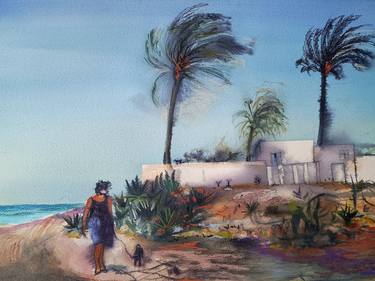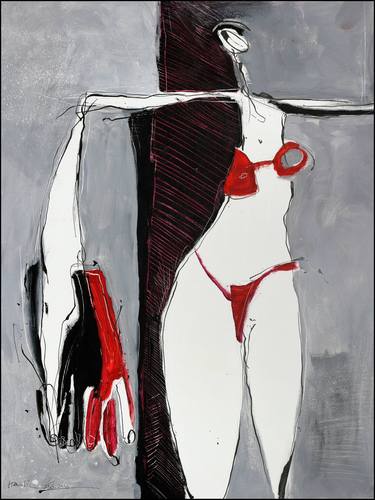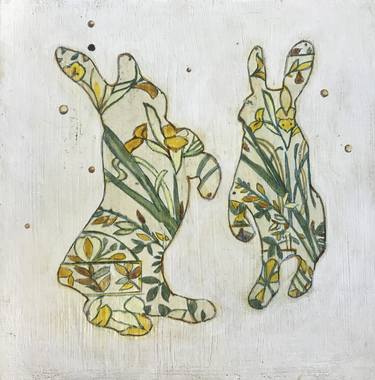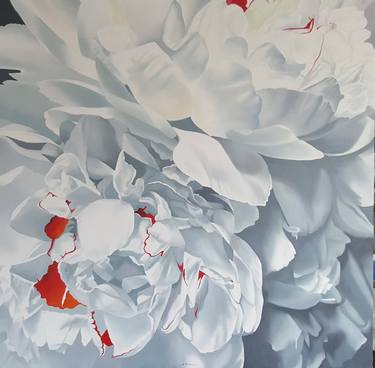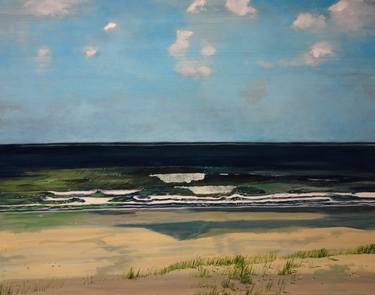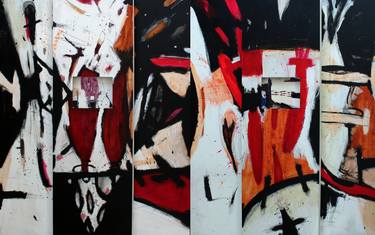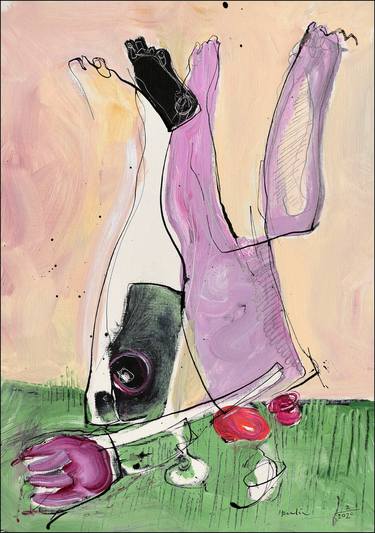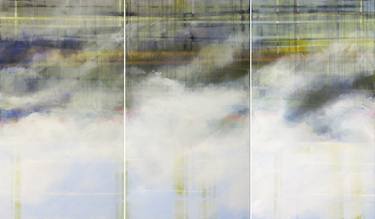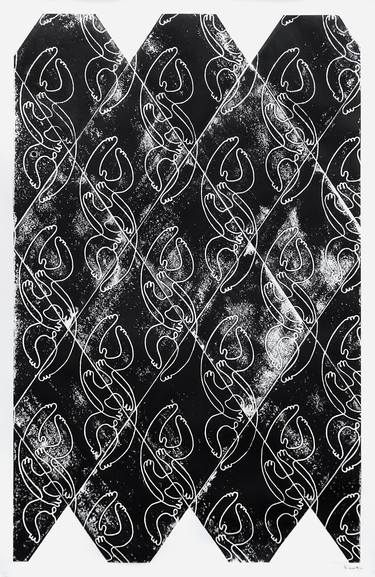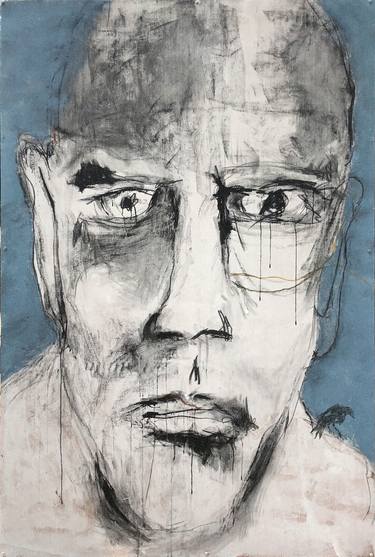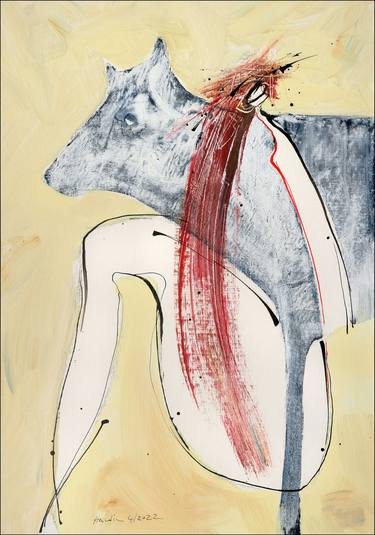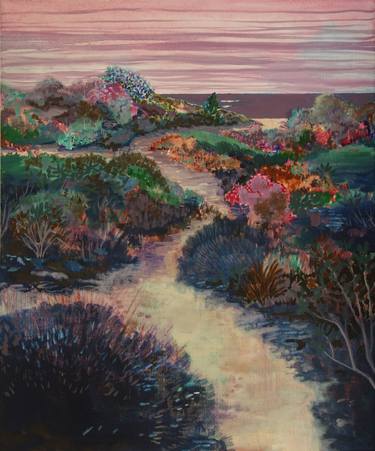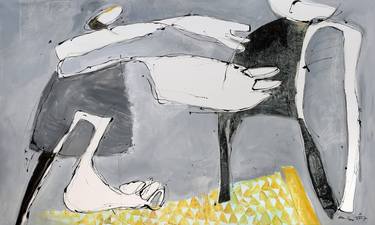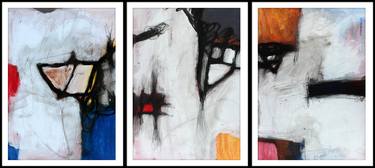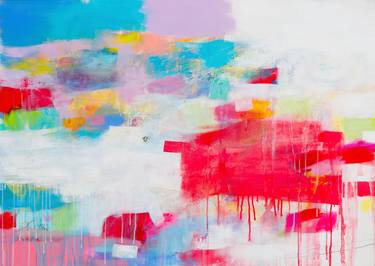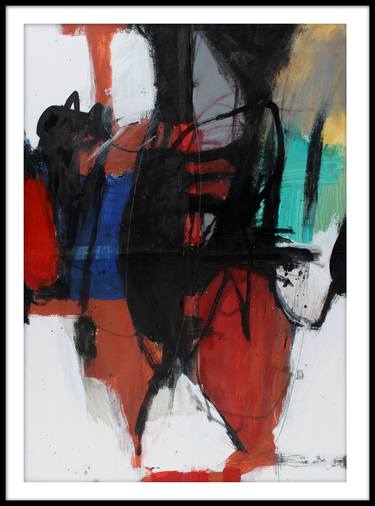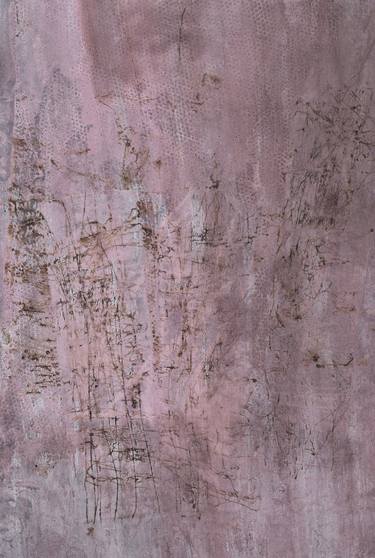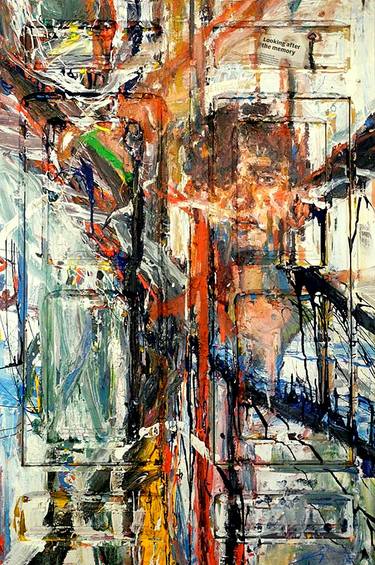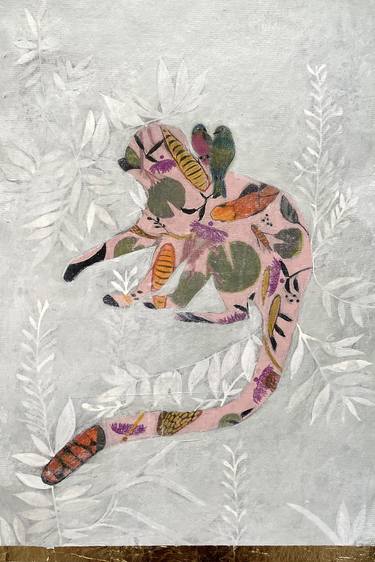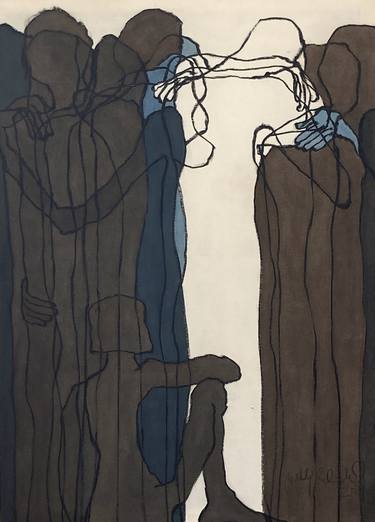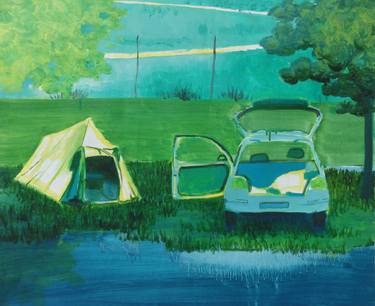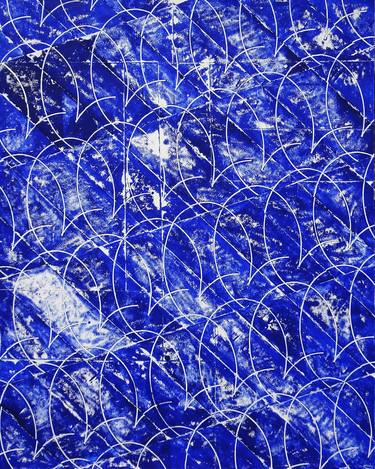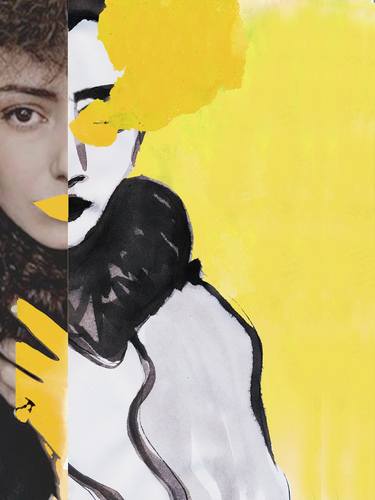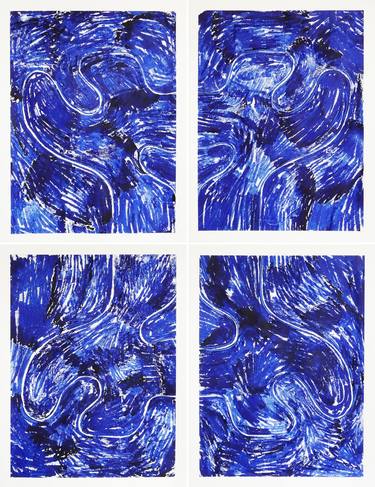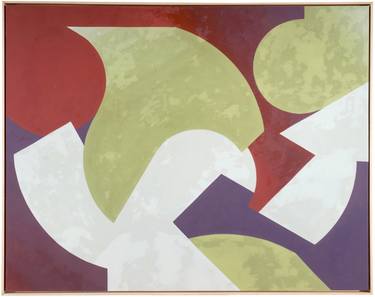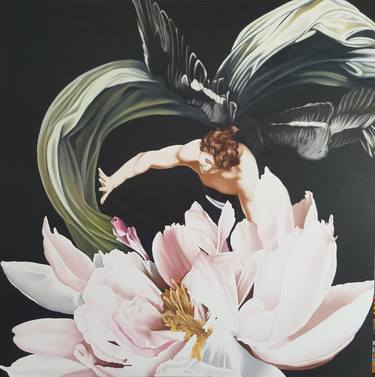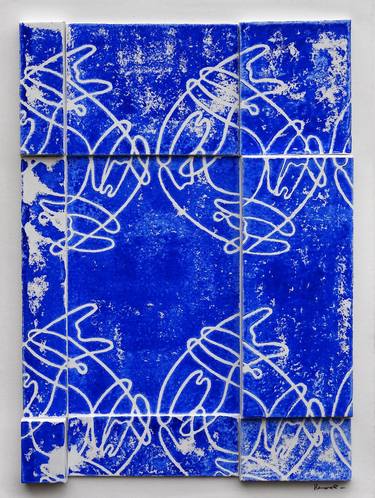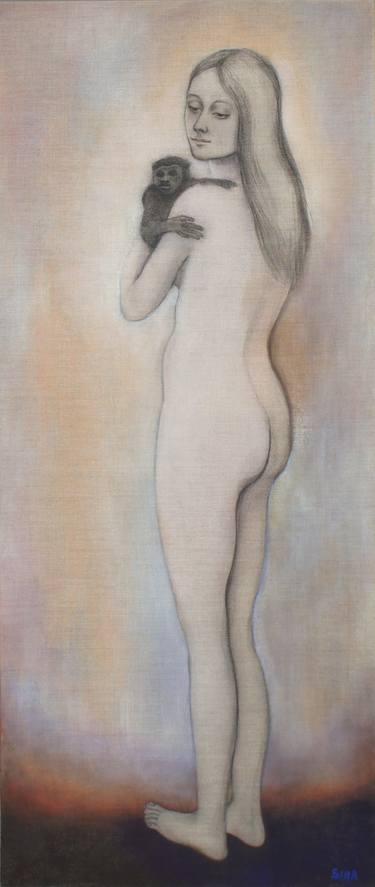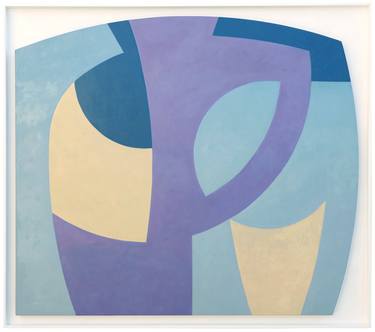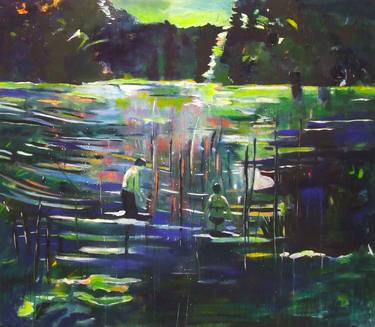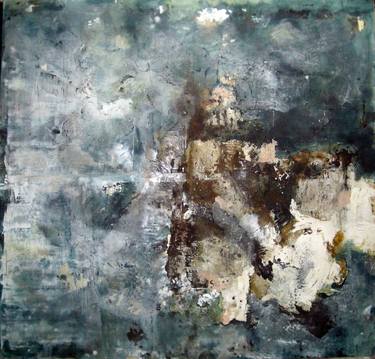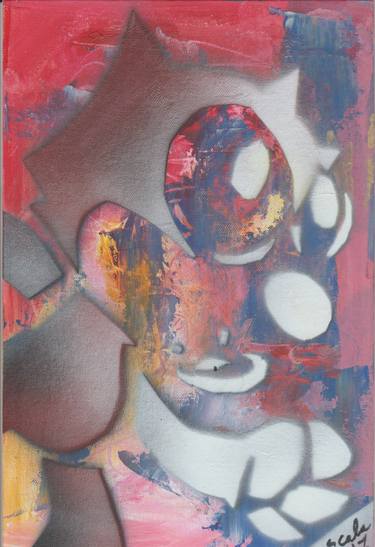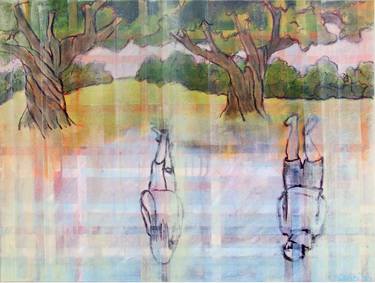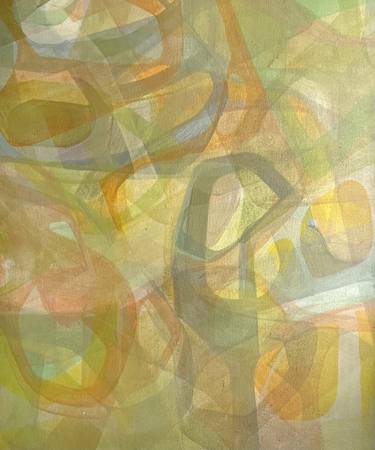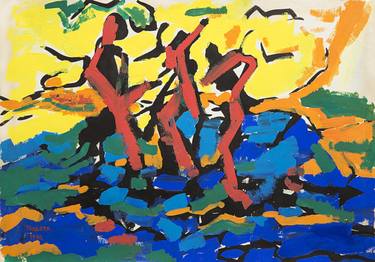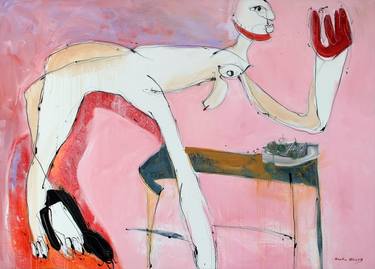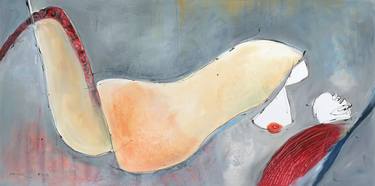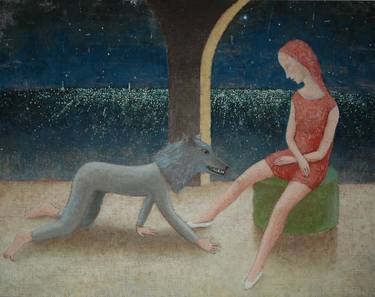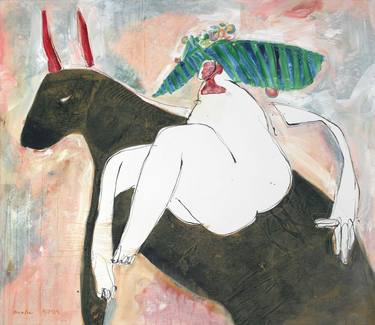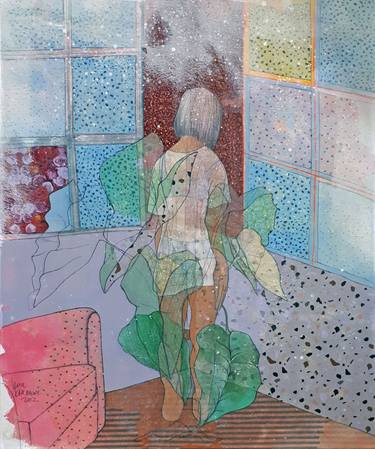- All Artworks
- Paintings
- Tempera
Tempera Paintings For Sale
Browse art and see similar matches
Try Visual Search
Category
Filter (1)
Filter
Category
Style
Subject
Medium
Material
Price
Size
Orientation
Color
Artist Country
Featured Artist
Paintings, 27.6 W x 19.7 H x 0.1 D in
Czech Republic
$1,389
Paintings, 13.8 W x 9.8 H x 0.1 D in
Netherlands
$440
Prints from $95
Paintings, 14.2 W x 20.1 H x 0.4 D in
Spain
$520
Prints from $100
Paintings, 23.6 W x 31.5 H x 0.2 D in
Czech Republic
$1,780
Prints from $40
Paintings, 7.9 W x 7.9 H x 1.2 D in
Spain
$250
Prints from $73
Paintings, 19.7 W x 23.6 H x 0.8 D in
Netherlands
$2,010
Prints from $40
Paintings, 39.4 W x 39.4 H x 0.8 D in
Tunisia
$1,890
Prints from $250
Paintings, 55.1 W x 43.3 H x 0.8 D in
Netherlands
$4,660
Prints from $50
Paintings, 79 W x 47 H x 4 D in
Hungary
$4,950
Paintings, 13.8 W x 19.7 H x 0.1 D in
Czech Republic
$770
Prints from $40
Paintings, 118.1 W x 70.9 H x 0.8 D in
Germany
$17,070
Prints from $100
Paintings, 29.5 W x 47.2 H x 0.1 D in
France
$1,530
Prints from $40
Paintings, 48 W x 72 H x 3 D in
United States
$12,710
Paintings, 13.8 W x 19.7 H x 0.1 D in
Czech Republic
$770
Prints from $40
Paintings, 19.7 W x 23.6 H x 0.8 D in
Netherlands
$1,860
Prints from $55
Paintings, 59.1 W x 35.4 H x 0.8 D in
Czech Republic
$4,349
From the cycle "State of mind"
Paintings, 49.6 W x 35.8 H x 0.1 D in
Croatia
$1,960
Prints from $40
Paintings, 39.4 W x 59.1 H x 1.6 D in
Turkey
$3,260
La Puerta del Sol (looking after the memory)
Paintings, 37.4 W x 54.7 H x 3.1 D in
Czech Republic
$5,250
Paintings, 11 W x 16.5 H x 0.8 D in
Spain
$620
Paintings, 39.4 W x 55.1 H x 0.8 D in
Italy
$2,970
Prints from $60
Paintings, 19.7 W x 15.7 H x 0.4 D in
Netherlands
$1,630
Prints from $40
Paintings, 31.5 W x 39.4 H x 0.2 D in
France
$1,870
Prints from $40
Paintings, 18 W x 24 H x 0.1 D in
United States
$1,570
Grünes Land am Fluß - green land by the river - 2
Paintings, 43.3 W x 27.6 H x 0.8 D in
Germany
$5,660
Prints from $100
Paintings, 39.4 W x 51.2 H x 0.1 D in
France
$1,240
Prints from $40
Paintings, 66.5 W x 52.4 H x 2 D in
Greece
$4,610
Paintings, 47.2 W x 47.2 H x 0.8 D in
Tunisia
$3,210
Prints from $250
Paintings, 11.8 W x 15.7 H x 1.2 D in
France
$820
Prints from $40
Paintings, 29.5 W x 66.9 H x 1 D in
Norway
$4,510
Paintings, 52.8 W x 46.5 H x 1.4 D in
Greece
$5,500
Paintings, 59.1 W x 51.2 H x 1.6 D in
Germany
$5,470
Paintings, 118.1 W x 47.2 H x 0.8 D in
Germany
$15,780
Paintings, 43.3 W x 63 H x 0.1 D in
Vietnam
$3,640
Paintings, 78.7 W x 78.7 H x 1.2 D in
$7,330
Paintings, 7.9 W x 11.8 H x 0.4 D in
Italy
$200
Prints from $40
Paintings, 31.5 W x 23.6 H x 0.8 D in
Germany
$4,400
Prints from $100
Abstract neutral layered painting
Paintings, 20 W x 24 H x 1.5 D in
United States
$750
Prints from $90
Paintings, 16.5 W x 11.4 H x 0.1 D in
Serbia
$3,510
Prints from $60
Paintings, 63 W x 45.3 H x 0.8 D in
Czech Republic
$5,369
Paintings, 78.7 W x 39.4 H x 0.8 D in
Czech Republic
$6,660
Paintings, 70.9 W x 39.4 H x 0.8 D in
Germany
$10,360
Paintings, 27.6 W x 35 H x 1 D in
Norway
$2,960
Paintings, 45.3 W x 39.4 H x 0.8 D in
Czech Republic
$4,319
Paintings, 39.4 W x 47.2 H x 2 D in
Croatia
$5,070
